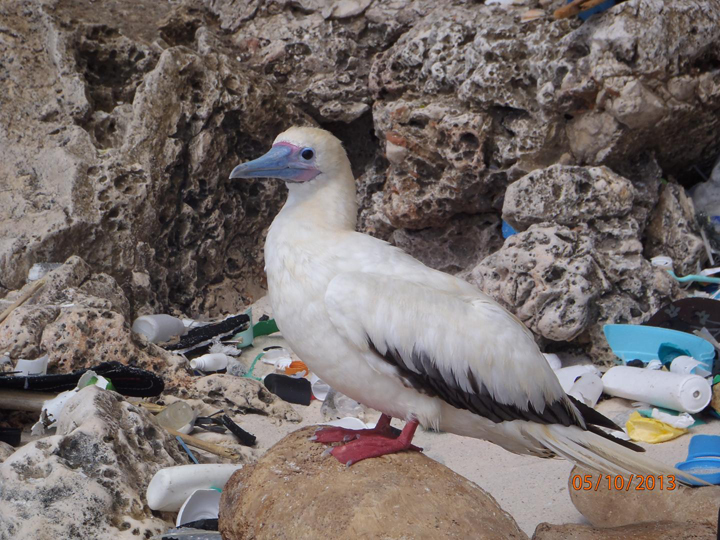TORONTO – The danger of plastics in our ocean is a growing threat, and now a new study has estimated that by 2050, 99 per cent of seabirds will have consumed some sort of plastics from our oceans.

The study, authored by researchers at the Commonwealth Scientific and Industrial Research Organisation (CSIRO) and Imperial College London found that already much of the world’s seabirds have some sort of plastic in their gut.
READ MORE: Why our oceans are choking on our garbage and how we can stop it
“We predict, using historical observations, that 90 per cent of individual seabirds have eaten plastic,” said Chris Wilcox, lead author of the study. “This is a huge amount and really points to the ubiquity of plastic pollution.”
To put it in perspective, research in 1960 found that plastic was found in the guts of just 5 per cent of seabirds. By 2010, that number had risen to 80 per cent.
Plastic is pervasive in our society. Items from plastic bags to bottle caps to clothing manage to make their way into our ocean.
READ MORE: 8 million tons of plastic made its way to ocean in 2010: study
In February, a study published in the journal Science found that approximately eight million tons of plastic has made its way into our oceans.
Around our planet there are five major gyres — areas of large rotating ocean currents — that are known to be massive collections of plastic.
And in February 2015, a study by the 5 Gyres Institute concluded that there were approximately 270,000 tons of plastic collected in those regions.
“Of the 5.25 trillion particles, over 90 per cent were micro plastics. Those small, small pieces, smaller than a grain of rice,” said Marcus Eriksen about the study. Eriksen is an environmental scientist and research director of 5 Gyres.
This new study came to the conclusion after analyzing the predicted distributions of the plastics compiled with the ranges of 186 seabirds. Then they adjusted the model using actual data on plastic that has been found in seabirds. Using those numbers, they concluded that today, the rate of ingestion would be 90 per cent.
“Improving waste management can reduce the threat plastic is posing to marine wildlife,” said Denise Hardesty of the CSIRO. “Even simple measures can make a difference. Efforts to reduce plastics losses into the environment in Europe resulted in measureable changes in plastic in seabird stomachs with less than a decade, which suggests that improvements in basic waste management can reduce plastic in the environment in a really short time.”



Comments